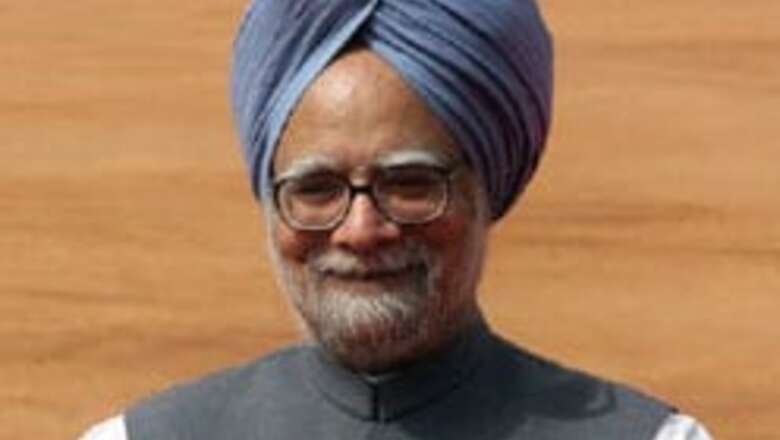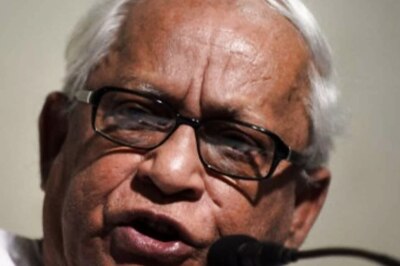
views
Chidambaram (Tamil Nadu): The Indian Science Congress, the country's annual scientific review, is being held appropriately in the temple town in Tamil Nadu that was hit hard by tsunami two years ago.
The 94th Congress, to be inaugurated on Wednesday by Prime Minister Manmohan Singh, and attended by the country's top scientists will focus on "Planet Earth", encompassing a wide canvass of issues from climate change to protecting the large coastal areas from another tsunami.
To meet the growing need for a comprehensive programme for development of sciences related to earth, the government has brought together all the departments related to earth, ocean and climate changes under the newly constituted ministry of earth sciences.
Plans are afoot to install a sophisticated tsunami warning system, which is expected to be operational in September 2007 after testing and simulation.
Recognising the challenges ahead for India to emerge as a major centre of innovation and to capitalise on the country's intellectual capital, the prime minister is expected to outline at the congress a vision of how this can be achieved.
"To strengthen its position as a research and development hub and become a global powerhouse, India needs to take certain initiatives such as collaborations with the best manufacturing research centers in the world," said secretary of Department of Science and Technology (DST), T Ramasami.
The Department of Science and Technology website states that India spends less than Rs 300 billion (about Rs 216.40 billion in 2005) for research and development while the US spends nearly $300 billion. China spends $20 billion.
For 2006-7, India will spend just $4.5 billion.
This is less than one per cent of the Gross National Product (GNP) and less than one percent of India's GDP, when a small country like Israel spends more than five per cent.
PAGE_BREAK
India grants about 1,000-odd patents to Indians, nearly as many to foreign companies.
The state governments spend less than 10 per cent of their budget on research and development, the Indian public sector about five per cent.
As for the Indian industry, lauded for giving India its shine, it spends less than one per cent of its sales turnover on R&D.
India has about 17,000-odd colleges offering science courses and 13 national institutions of excellence but only about 7,000 science doctorates are awarded every year.
Science teachers, scientists and researchers in pure science are becoming difficult to find. India has about eight scientists per 1,000 people, Canada has 180 and Russia has 140 per 1,000.
All is not dismal on the science and technology front. Led by India's capability in IT, over the last few years over 100 IT and science-based firms have located research and innovation labs in India.
These are high-tech multinational companies coming to India to find innovators whose ideas will take the world by storm.
Their recruits are young graduates, straight from Indian universities and elite technology institutes, or expatriates who are streaming back because they see India as the place to be - better than Europe and the US.
Along with promoting commercialisation of innovations done in government run laboratories through collaboration with private sector, India recently amended income tax rules to ease setting up of research and development institutes in the country.
Alongside more institutions of scientific learning are being opened in the country to train young scientists and equip them to fill the gap for trained manpower.
The year gone by has seen India chart a few success in the area of space research along with a major setback when the GSLV-F02 mission did not succeed.
However, the space programme continues unabated with plans afoot for even more challenging missions including Indian Space Research Organisation's plans for a manned space mission.
An area where India has made major strides is in the use of space technology to reach teaching tools to inaccessible areas.
The EDISAT network has expanded to 33 nodes connecting about 10, 000 classrooms.
ISRO's satellite based telemedicine network has expanded to connect 182 hospitals. One-forty-eight remote and rural hospitals including those in Jammu and Kashmir, the northeast region and Andaman and Nicobar Islands and 34 super specialty hospitals in major cities.
So far, 130 Village Resource Centres (VRCs) have been established to facilitate access to spatial information on important aspects including land use/land cover, soil and ground water prospects and enable the farmers in taking important decisions based on their query.




















Comments
0 comment